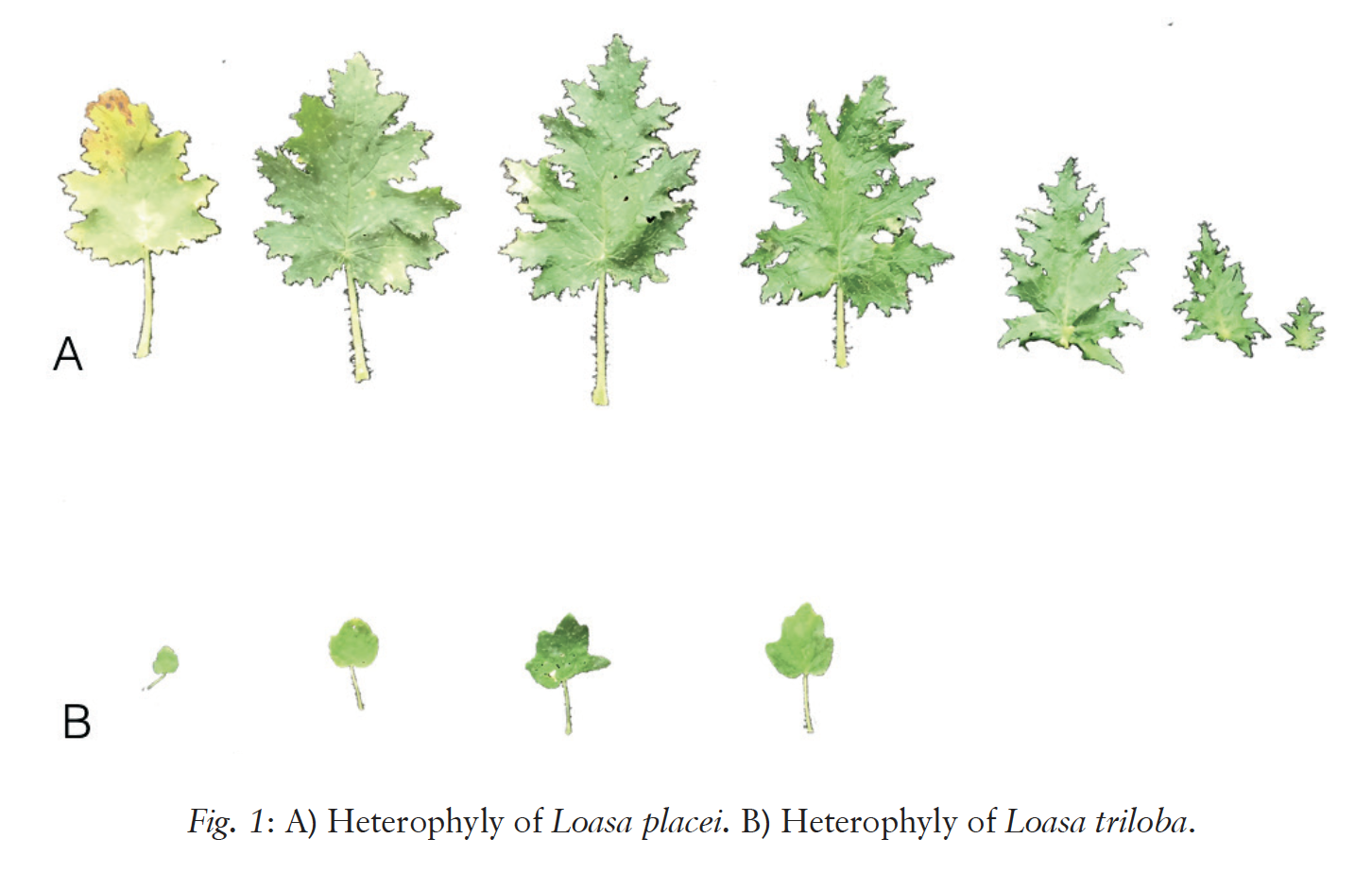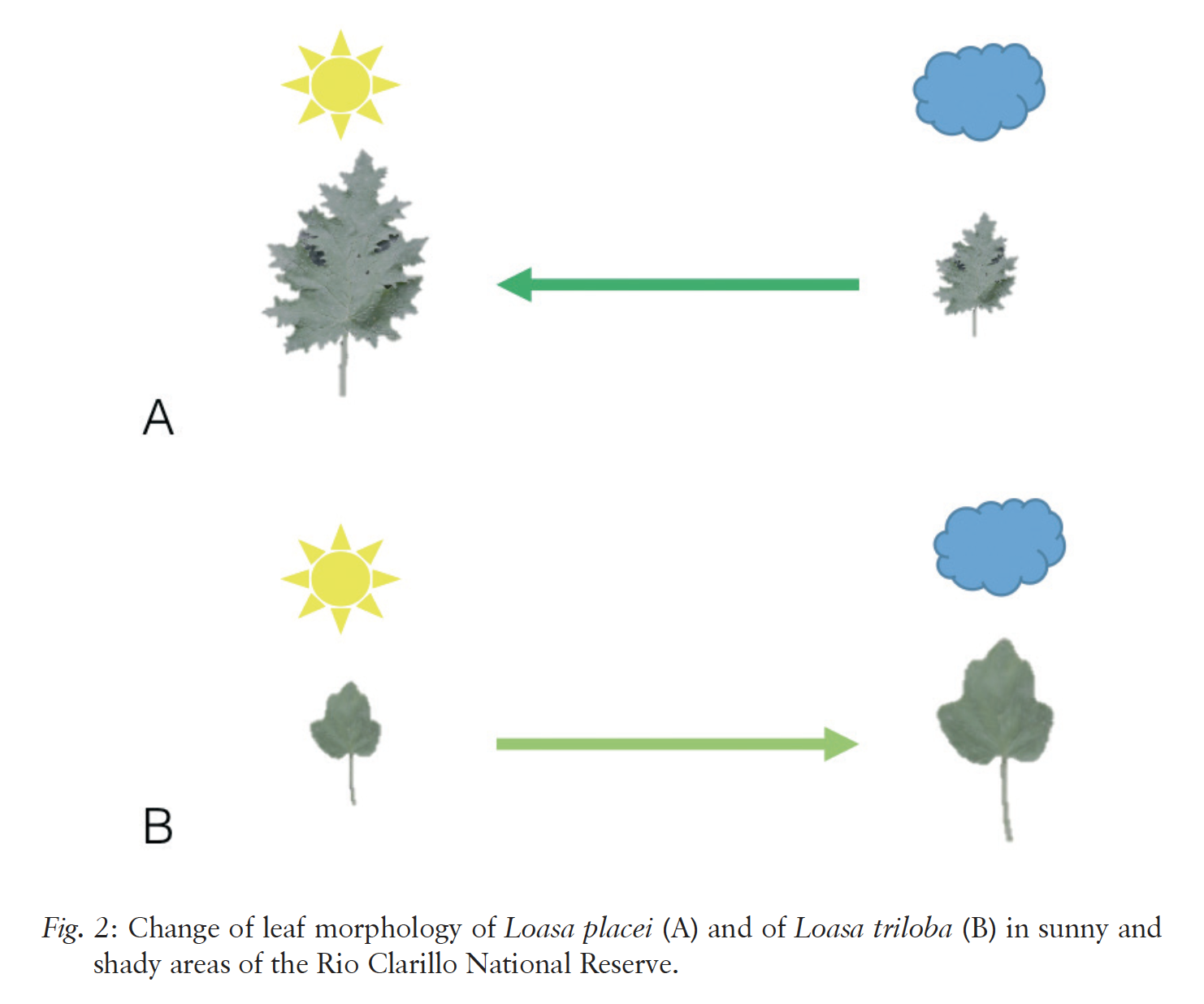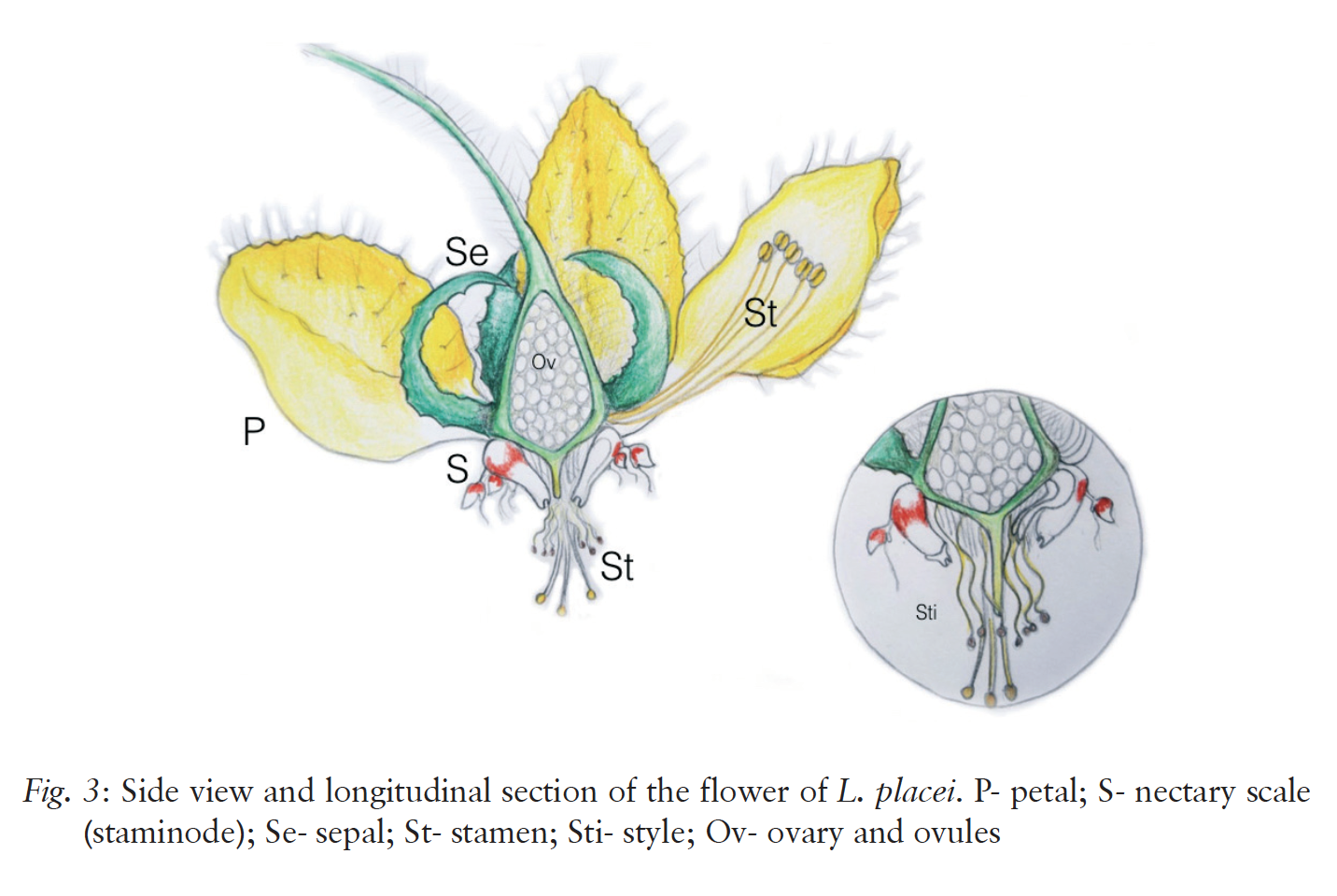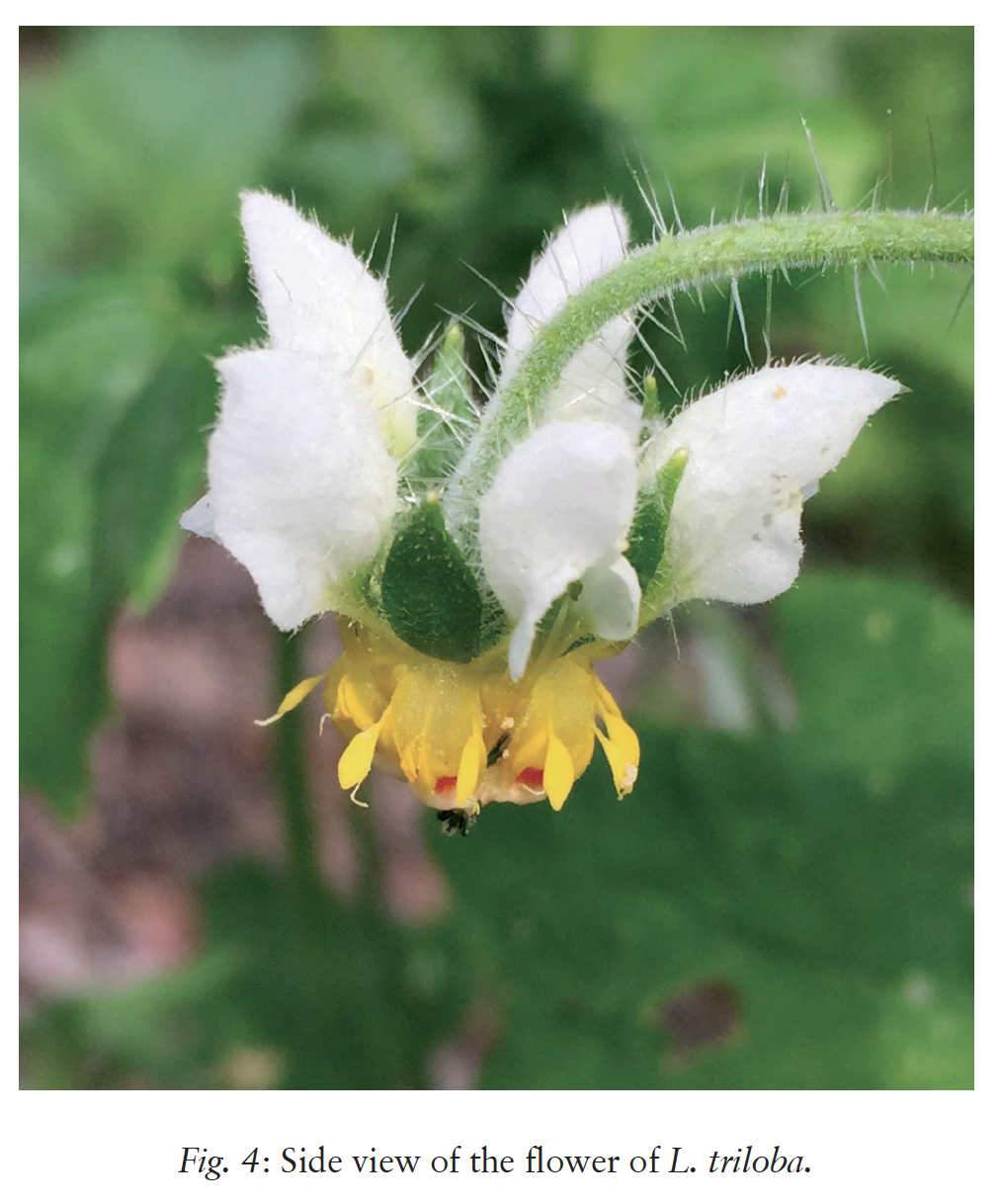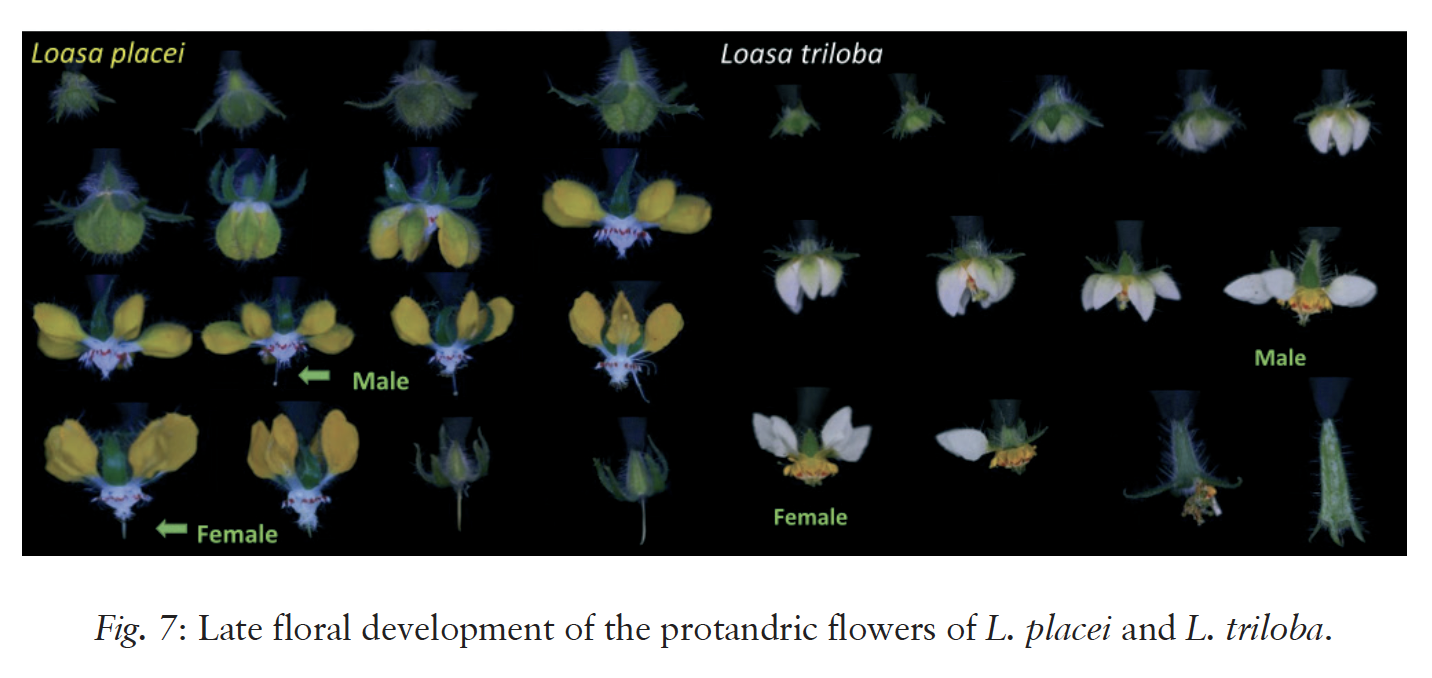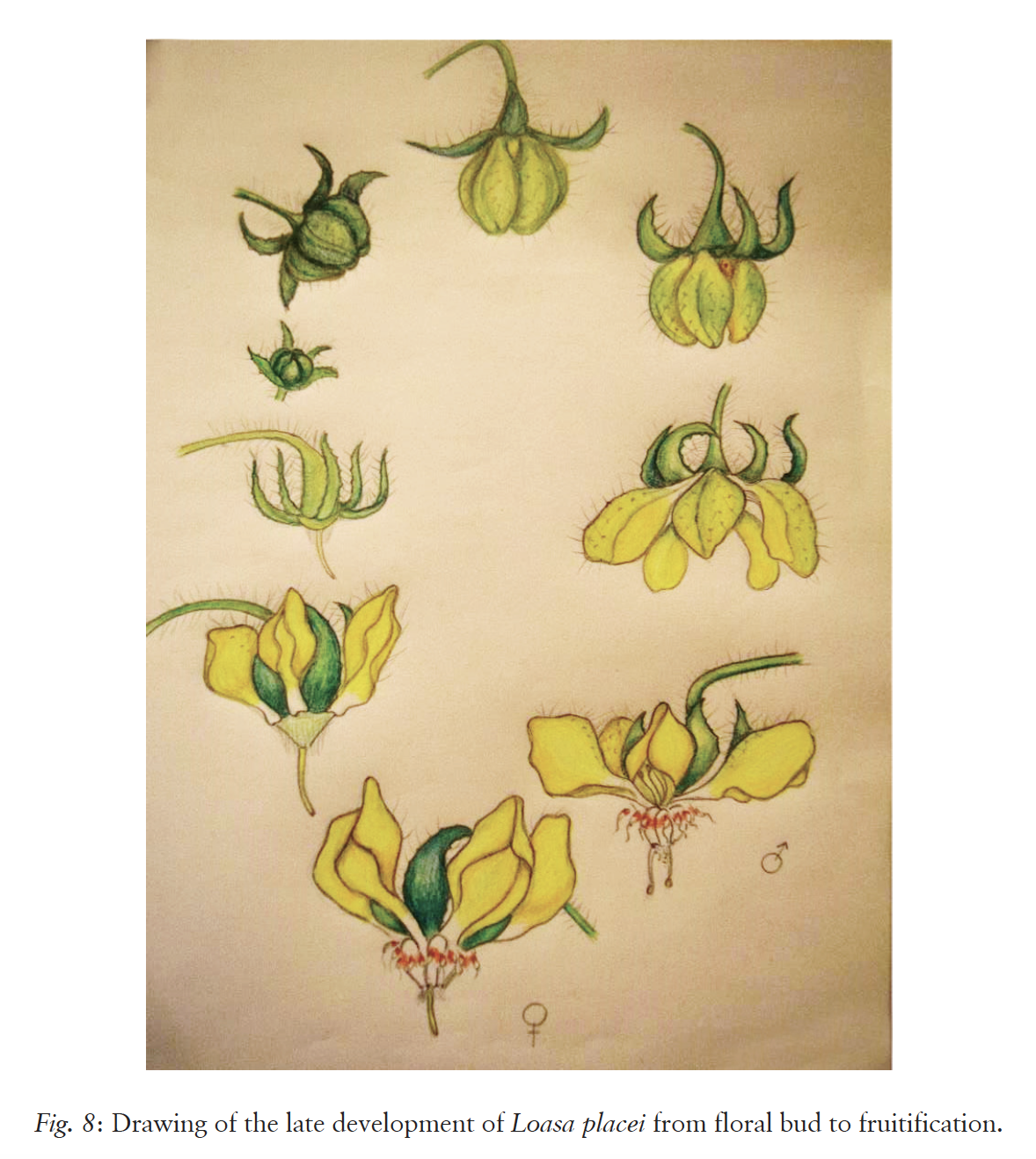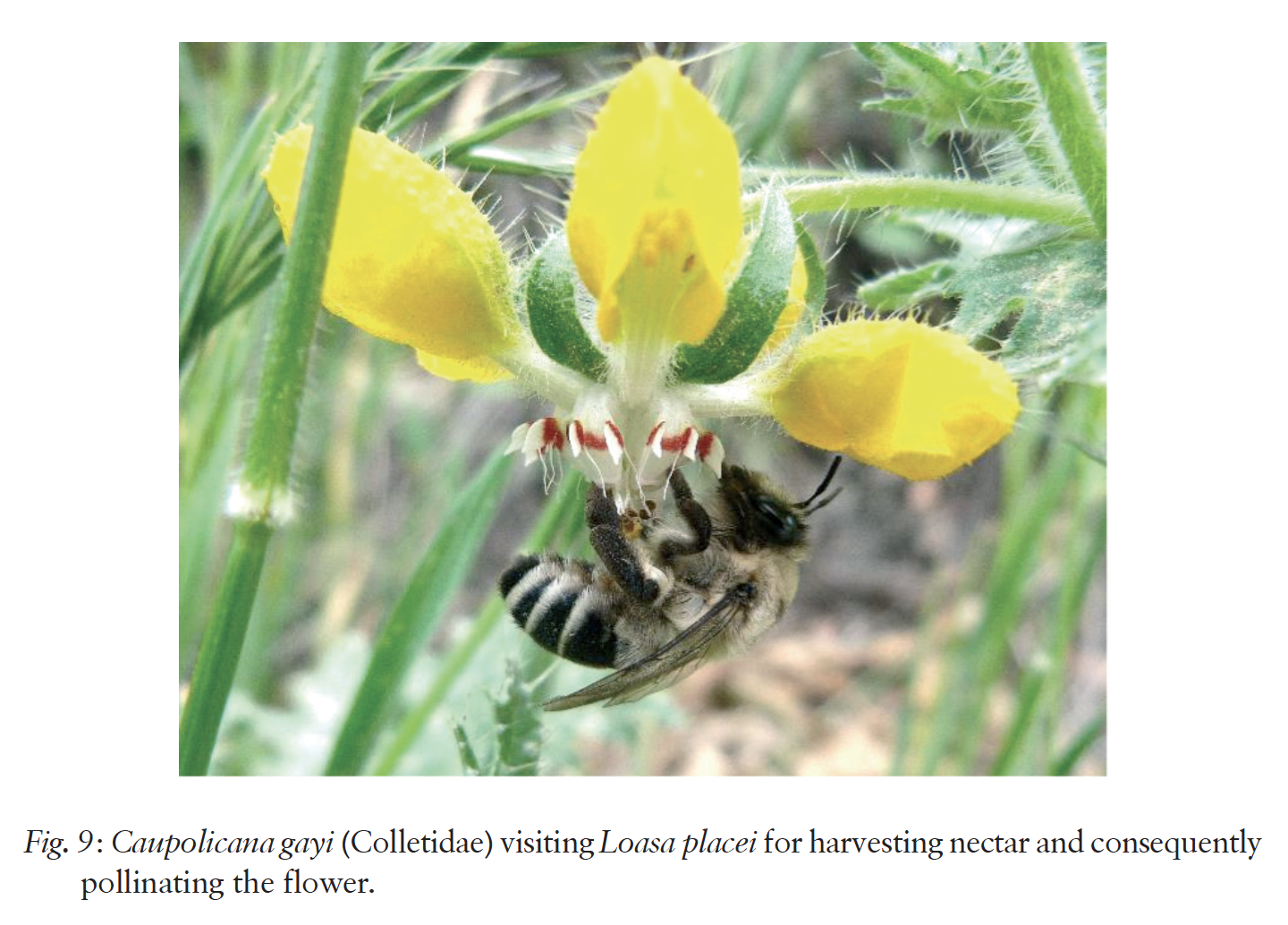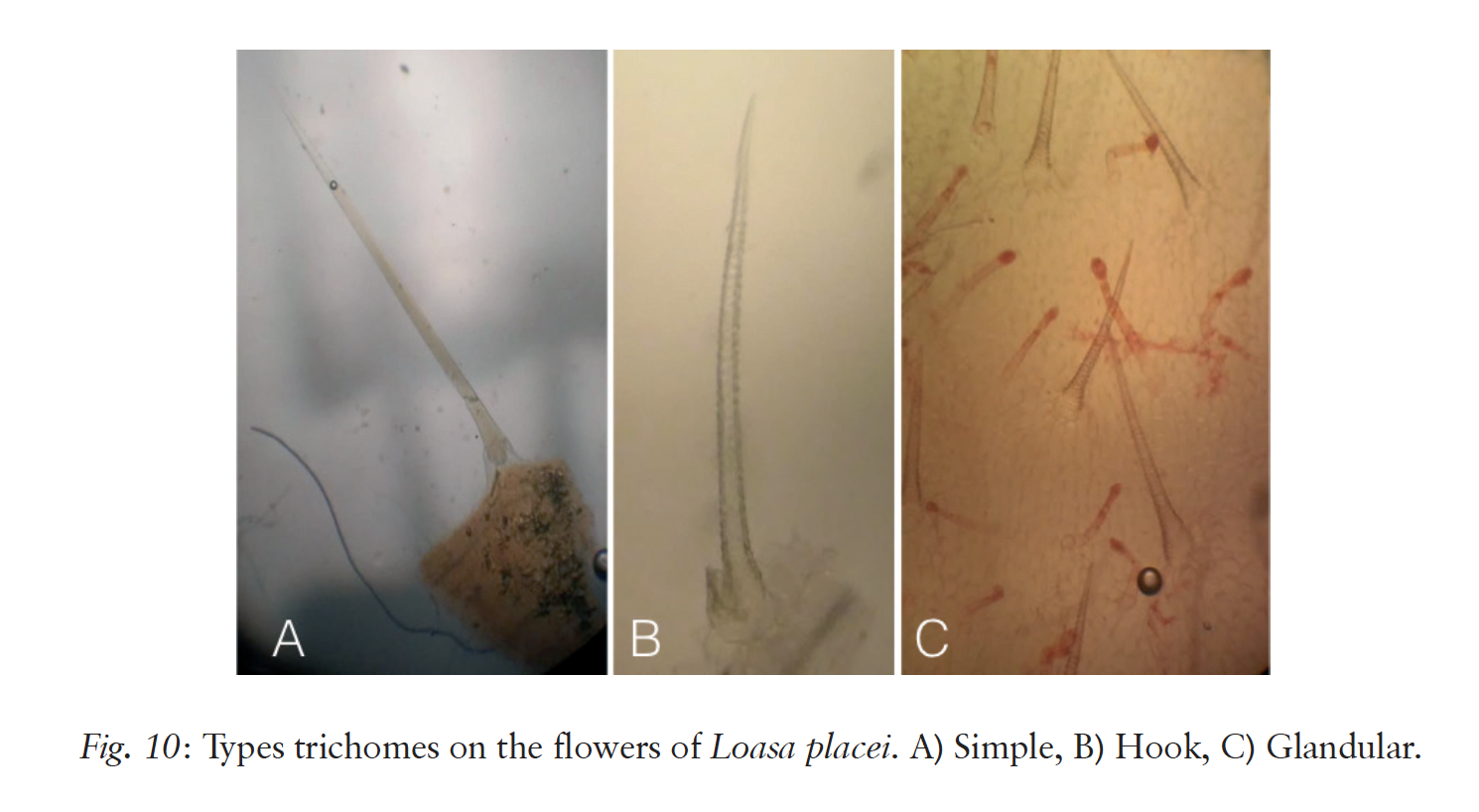Taking Living Forms Seriously: A Goethean Approach to Floral Morphology and Anatomy of Two Chilean Loasa
Artikelreferenz exportieren
- Klartext
- BibTeX
- RIS Format
- Downloadkosten : € 6.00
Zusammenfassung:
Im Oktober 2018 fand der erste Intensivkurs zur Blütenmorphologie des FLORE-S-Netzwerks im Nationalreservat Rìo Clarillo in Chile statt (Bull-Hereñu et al. 2018). Alle Studenten mussten als Übung ein kleines Forschungsprojekt durchführen, das sich auf die im Reservat vorhandene Flora bezog. Eines dieser Forschungsprojekte, das von Betsabé Abarca Rojas und Gabriela Matamala Gajardo unter der Leitung von João Felipe Ginefra Toni erarbeitet wurde, wird hier als Beispiel eines goetheanischen Ansatzes für zeitgenössische Studien in der Blütenmorphologie vorgestellt. Indem sie lebende Formen ernst nahmen, konnten diese Studenten lernen, wie Kunst und Wissenschaft in einem Forschungsprojekt verbunden werden können, und in welchem Sinne unser Denken beim Studium der Loasa-Blumen zu einer Art Sehen und unser Sehen zu einer Art Denken werden kann (anschauende Urteilskraft).
